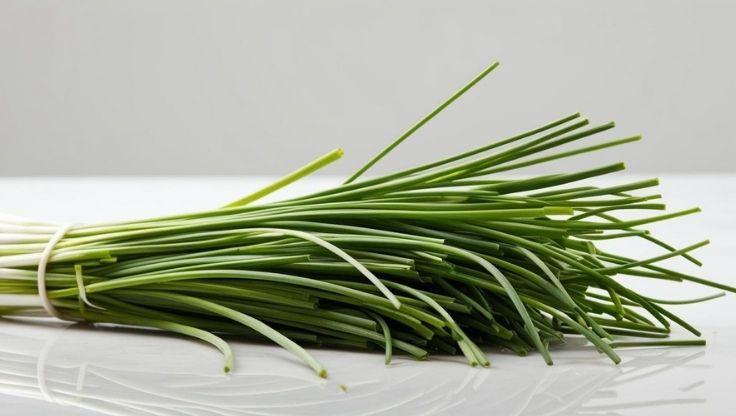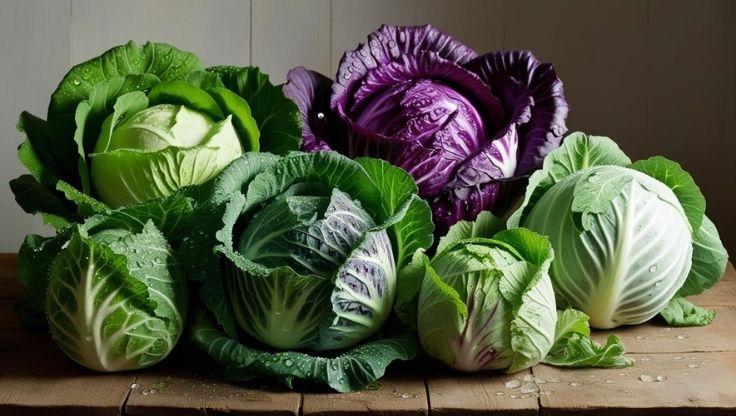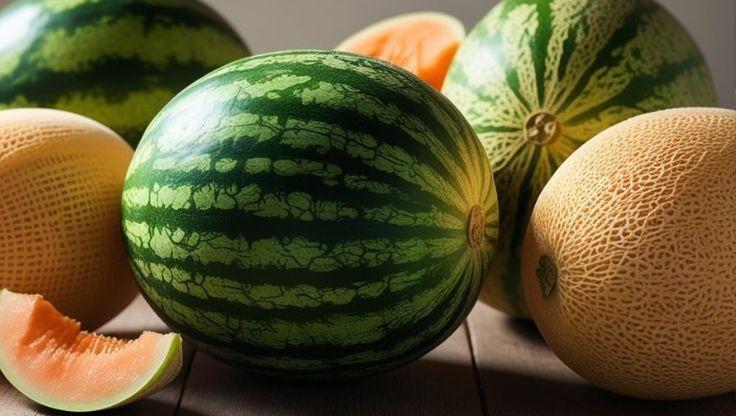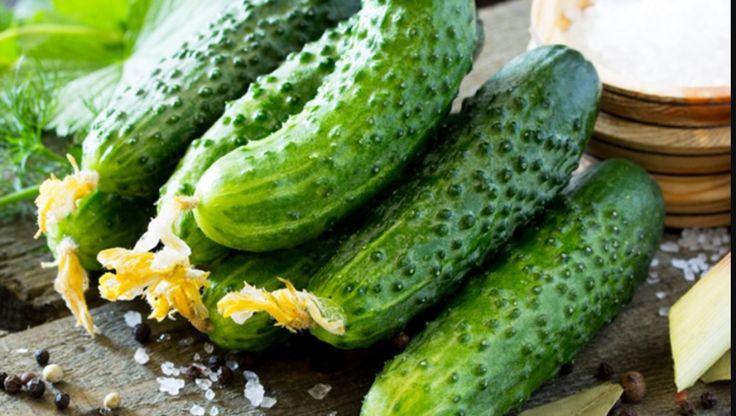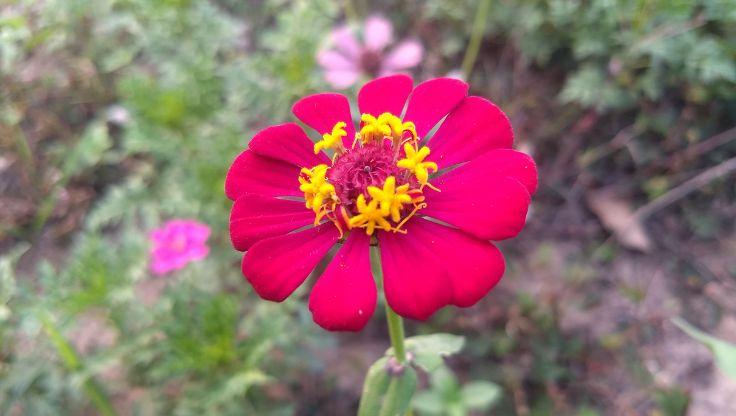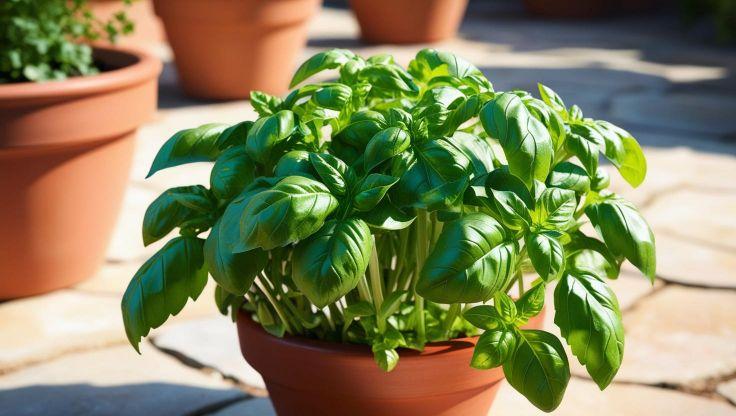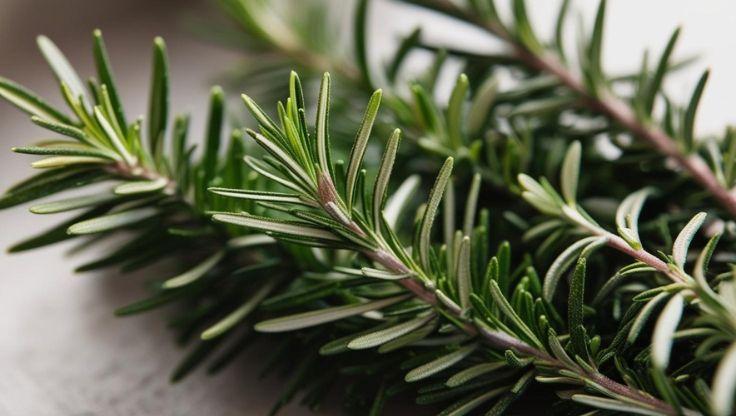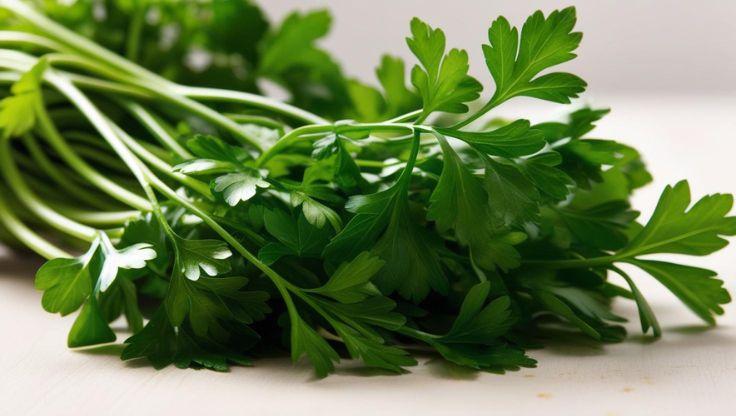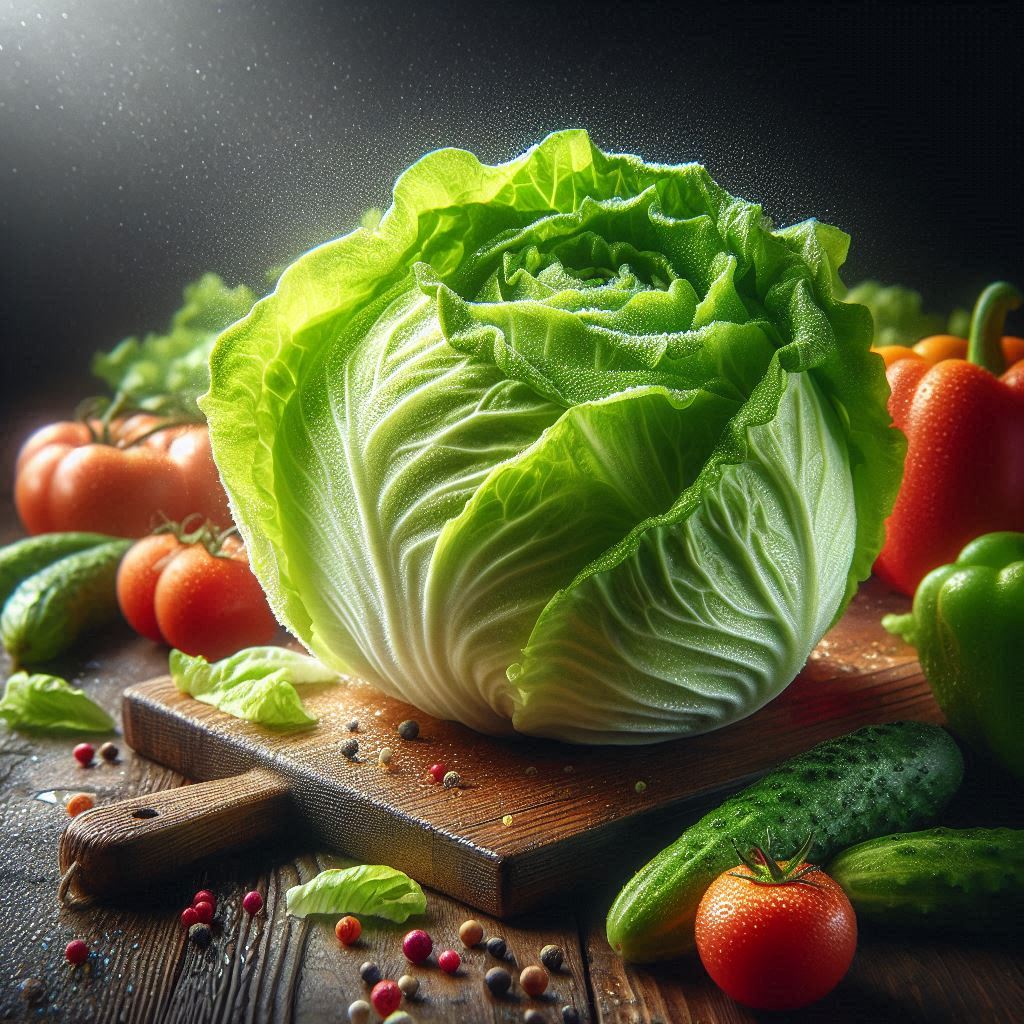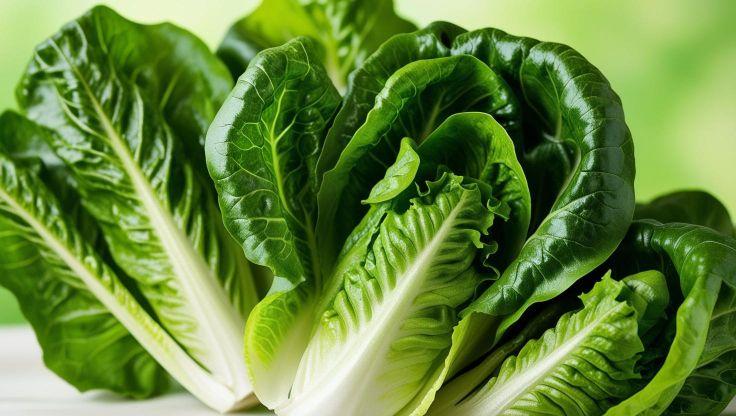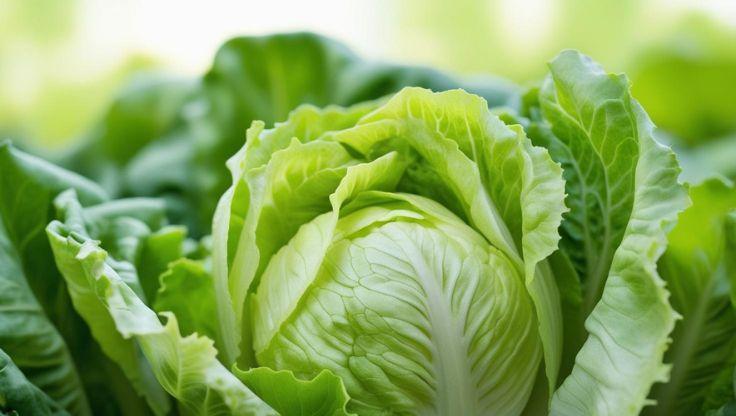Hydroponic Plants: Amaranth Flowers and Their Cultivation in Hydroponic Systems
Amaranth (Amaranthus spp.) is a stunning, fast-growing flowering plant known for its vibrant colors and nutritional value. Native to Central and South America, amaranth flowers thrive under controlled environments, making them perfect candidates for hydroponic systems. Unlike traditional soil-based farming, hydroponic plants like amaranth benefit from optimized nutrient delivery, faster growth cycles, and reduced exposure to soil-borne diseases.

Hydroponic Plants: Optimal Growing Conditions for Amaranth
Amaranth (Amaranthus spp.) is a highly nutritious leafy green that thrives in hydroponic farming systems, offering a reliable and efficient way to cultivate this versatile crop. Whether grown for its edible leaves or seeds, hydroponic amaranth is an excellent choice due to its adaptability, controlled nutrient uptake, and rapid growth.
Ideal pH and EC Levels for Hydroponic Amaranth
Proper pH balance and electrical conductivity (EC) regulation are crucial for supporting healthy root structures and vigorous foliage in amaranth:
- pH Range: 5.5–6.5 – A slightly acidic environment optimizes nutrient absorption.
- EC Levels: 1.0–1.8 mS/cm – Maintaining this range ensures plants receive adequate nutrients while preventing excess mineral buildup.
Consistent testing and adjustments to the nutrient solution are essential for sustaining strong growth and high crop productivity.
Environmental Conditions for Hydroponic Amaranth Cultivation
Successfully growing amaranth hydroponically requires close monitoring of light, temperature, and humidity levels:
Light Needs
Amaranth flourishes with 14–16 hours of full-spectrum LED illumination per day, which encourages robust photosynthesis and intensified pigmentation in its leaves and stems.
Temperature Optimization
Keeping temperatures between 20–25°C (68–77°F) promotes steadier development, minimizing growth fluctuations caused by environmental stressors.
Humidity Regulation
Sustaining humidity levels at 40–70% prevents disease proliferation while ensuring plants remain properly hydrated for optimal nutrient uptake. Strategic air circulation techniques help mitigate mold formation.
Cultivation Process of Amaranth in Hydroponic Systems
Amaranth (Amaranthus spp.) is a fast-growing, nutrient-rich plant that thrives in hydroponic gardens, offering a sustainable and efficient way to cultivate this versatile crop. Whether grown for its leafy greens or ornamental flowers, hydroponic amaranth provides higher yields, controlled nutrient absorption, and year-round production.
Seed Spacing and Germination in Hydroponic Systems
For successful hydroponic cultivation, amaranth seeds should be spaced one per hole in hydroponic trays to allow adequate room for root expansion. The germination process typically begins within 7–14 days, depending on environmental conditions such as temperature and humidity.
Since amaranth seeds are small and delicate, they should be sown shallowly in pre-moistened grow media like coco coir, perlite, or rock wool. Maintaining a temperature of 18–25°C (64–77°F) during germination ensures optimal sprouting.
Once seedlings establish strong root systems, they are transplanted into hydroponic growing channels or nutrient-rich reservoirs. This method ensures efficient nutrient absorption, leading to vigorous growth and high-yield potential.
Growth Timeline and Maturity
After transplanting, hydroponic amaranth reaches maturity within 6–10 weeks, making it a relatively fast-growing plant compared to traditional soil-based cultivation. The controlled environment of hydroponic systems allows for consistent growth rates, ensuring year-round production without seasonal limitations.
Regular monitoring of pH levels (5.5–6.5) and electrical conductivity (EC) levels (1.2–1.8 mS/cm) is essential to maintain optimal nutrient balance. Proper light exposure (12–16 hours daily) and temperature regulation (18–25°C) further enhance plant development.
Popular Amaranth Varieties for Hydroponic Gardens
Several amaranth varieties thrive in hydroponic gardens, each offering unique colors and growth characteristics:
- Amaranthus caudatus (Love-Lies-Bleeding) – Recognized for its long, cascading red flower tassels, this variety is commonly grown for ornamental purposes.
- Amaranthus cruentus – Known for its upright crimson flower spikes, this variety is cultivated for both decorative and edible purposes, particularly for its nutrient-rich seeds.
These varieties adapt well to hydroponic systems, benefiting from controlled nutrient delivery and optimized environmental conditions.
Uses and Benefits of Hydroponic Amaranth
Culinary Applications of Hydroponic Amaranth
Amaranth is a versatile ingredient used in a variety of dishes, offering a mild, nutty flavor and a wealth of essential nutrients:
- Salads and fresh greens – Hydroponic amaranth leaves provide a crisp texture and vibrant color, making them a perfect addition to mixed greens.
- Herbal teas and infusions – The flowers and leaves are commonly brewed into nutrient-dense herbal teas, rich in antioxidants.
- Stir-fry and sautéed dishes – Amaranth leaves retain their tender consistency when lightly cooked, complementing a range of vegetable and protein-based meals.
Because hydroponic plants grow in controlled environments, amaranth maintains consistent flavor and nutrient density, making it a preferred choice for chefs and health-conscious consumers.
Medicinal Properties of Hydroponic Amaranth
Amaranth is packed with anti-inflammatory, antioxidant, and immune-boosting compounds, contributing to various health benefits:
- Heart health support – Amaranth contains squalene and phytosterols, which may help reduce cholesterol levels and improve cardiovascular function.
- Digestive health – The plant is rich in fiber and essential amino acids, promoting gut health and nutrient absorption.
- Skin regeneration – High concentrations of vitamin C and polyphenols aid in collagen production and skin repair.
Studies suggest that amaranth extracts may also play a role in reducing inflammation and supporting metabolic health, making it a valuable addition to a balanced diet.
Sustainability Advantages of Hydroponic Amaranth
Growing hydroponic plants like amaranth offers significant environmental benefits:
- Water conservation – Hydroponic amaranth requires up to 90% less water than traditional soil-based farming.
- Space efficiency – Vertical hydroponic systems maximize crop yield per square meter, making them ideal for urban agriculture.
- Reduced pesticide use – The absence of soil minimizes exposure to pests and pathogens, leading to cleaner, safer produce.
With the increasing demand for sustainable farming solutions, hydroponic amaranth cultivation presents a viable option for eco-friendly food production.
Research for expert insights
|
Institution |
Article Title |
Article Link |
|---|---|---|
|
Cambridge University |
Hydroponic production of vegetable Amaranth (Amaranthus cruentus) for improving nutritional security and economic viability in Kenya |
|
|
Netaji Subhas University of Technology |
Comparison of Growth Indices, Biomass, Anatomy, Phytochemical and Elemental Activity of Hydroponically Grown and Soil Grown Amaranthus |
|
|
Purdue University |
Hydroponic production of vegetable Amaranth (Amaranthus cruentus) for improving nutritional security and economic viability in Kenya |




